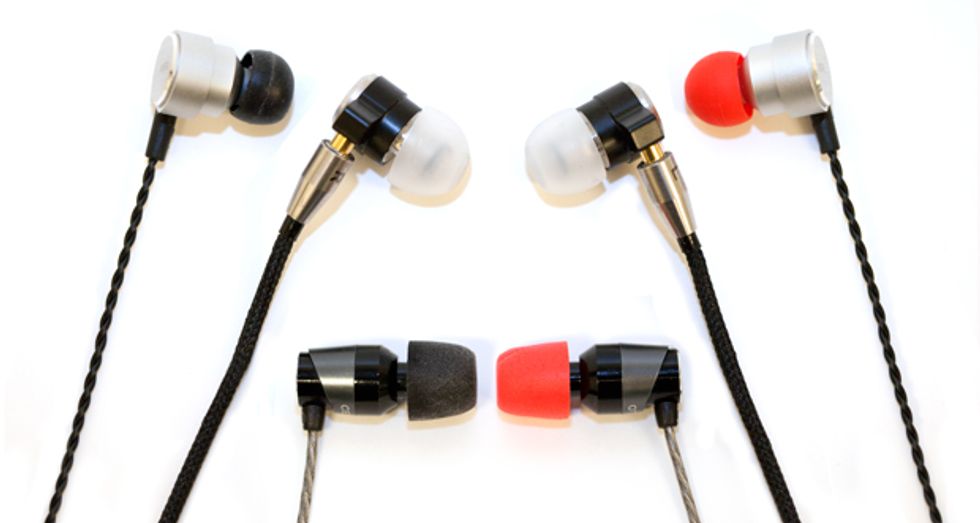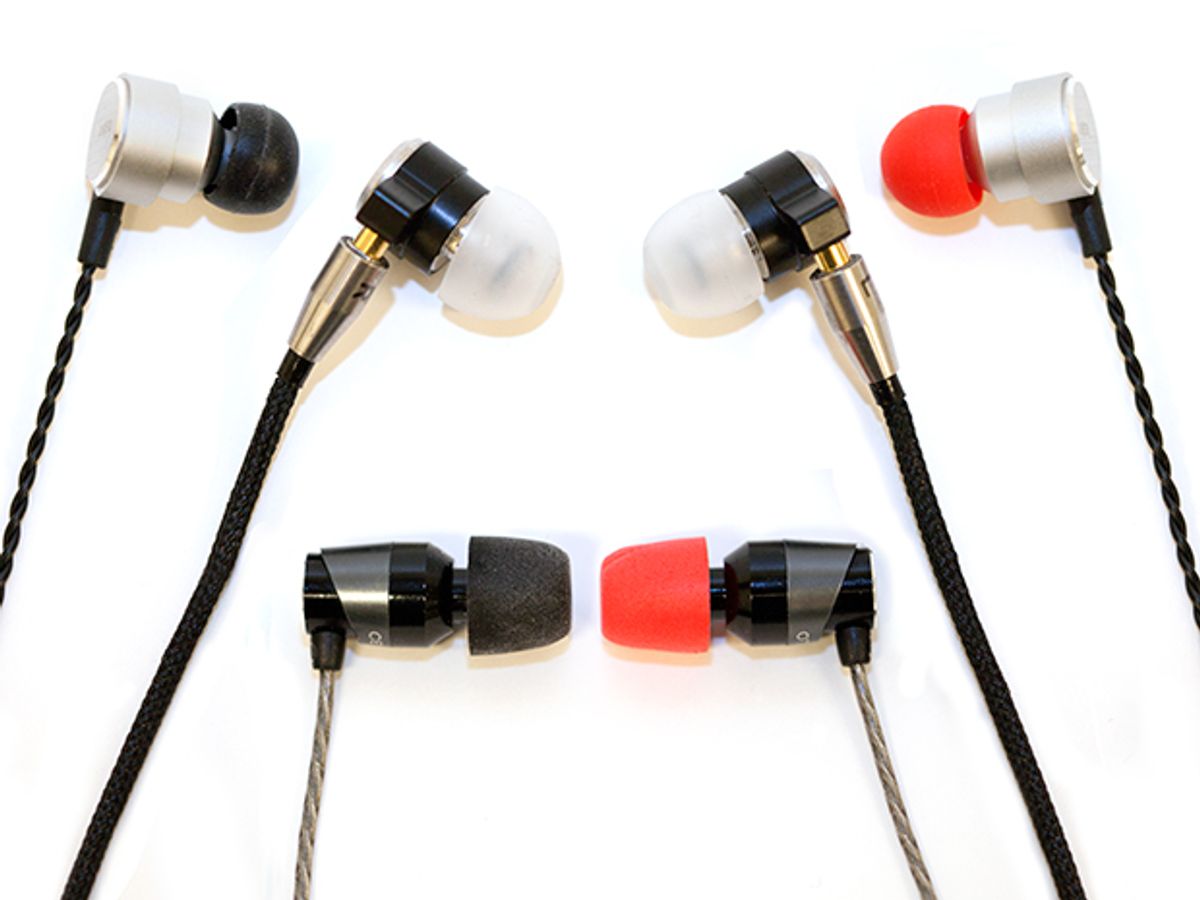
More than a year ago I noticed I was spending most of my music-listening time playing songs on my smartphone. That realization sent me on a quest to find the most inexpensive earphone-based setup that would give me high-end, audiophile sound. I listened to dozens of earphones, half a dozen headphone amplifiers, and a like number of digital-to-analog converter-headphone amplifiers (DAC-headphone amplifiers). I found a few gems, such as the DragonFly Red DAC-headphone amplifier from Audioquest, in Irvine, Calif.
In my previous dispatch in April’s issue of IEEE Spectrum, I described a few noteworthy models of earphones I’ve come across recently, including the Etymotic ER-4 and the LKER i1. In this follow-up, I’ll consider a few more earphones toward the lower end of the market, all of them Chinese-made units I obtained via the AliExpress retail site. After listening to these models, I’m happy to report that it is indeed possible to get true audiophile sound out of a pocket-size setup.
The earphones I auditioned for this round were the DQSM D2 (US $168), the Tennmak Crazy Cello ($50), and the LKER i8 ($37, still available on eBay). As I did for the previous earphone comparison, I listened using the three different earphones to a few songs spanning widely different musical genres, over and over again, all stored in the Free Lossless Audio Codec (FLAC) format.
I started out particularly intrigued by the DQSMs, which have three sound-producing components—“drivers”—per ear; two are balanced-armature types, and the third is a dynamic driver. (For a quick tutorial on the nature of these driver types, check out the April article.)
Balanced armatures are prized more for their precise sound than for bass prowess, so the DQSMs promised the best of both worlds. Alas, they did not fully live up to that promise. They are very good earphones, and thanks to their balanced-armature drivers they were easily the best of the three in their ability to resolve fine detail. But when the DQSMs were coupled with my DragonFly DAC, the treble was sometimes a bit too forward, which made some passages sound harsh or strident.
As a side experiment, I tried them with my FiiO QOGIR E09k headphone amplifier, fed by a JDS Labs ODAC digital-to-analog converter. This setup played more to the DQSMs’ strengths, and made me yearn to hear these earphones being fed by a single-ended tube headphone amplifier. But whatever its strengths, that combo wouldn’t be portable, so I carried on with the Crazy Cello and the LKER i8 fed by my Samsung smartphone and the DragonFly Red.
The Crazy Cello earphones have a single titanium-coated dynamic driver for each ear, while the i8s have two dynamic drivers per ear (“dual dynamic”). Despite that difference, it proved a challenge to discriminate between these two models. Several rock and country songs sounded quite fine with both. More challenging fare was needed.
I selected the first movement of the string quartet by Maurice Ravel, in a digital recording by the Alban Berg Quartet. I was impressed by the ability of both models to render the gentle vibrato of the violins and the delicate interplay of the four instruments. At about 4 minutes into that movement, though, a sudden crescendo came across with a bit more finesse via the LKER i8.
That gave me an idea. The opening notes of Wolf Alice’s song “Moaning Lisa Smile” go instantly from gentle strumming to towering power chords. The LKER i8 makes the most of them, providing more detail than the Crazy Cello.
Much to my surprise, the $37 i8 triumphed over rivals costing $50 and $168. Feed these earphones with a DragonFly Red ($199) and the USB Audio Player Pro app ($8), and you’ll have a music system of audiophile quality that you can carry in your pocket, for under $250. It won’t glow seductively or impress your friends with its imposing heft and size, but it will let you have marvelous musical experiences pretty much anywhere, and at any time.
This article appears in the May 2017 print issue as “Earphone Showdown, Part 2.”
